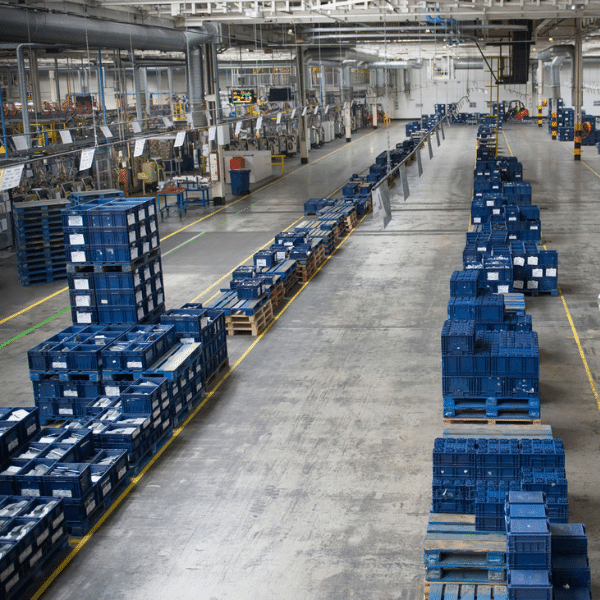In a world of supply chain disruption and environmental accountability, smart companies are rethinking and optimizing foundational operating systems. A system featuring reusable transport packaging (RTP) is not just a sustainability play, but also reduces the environmental footprint. It is also a critical part of the infrastructure for organizations serious about circularity, resilience, and cost stability.
Reusables Are the Pillar of Circular Supply Chains
Most of the packaging today is designed for a one-time journey, produced, used, and discarded, a hallmark of a linear economy. RTP flips this model. When crates, totes, and pallets circulate through managed loops, they not only reduce waste but also extend the utility of products and associated raw materials, reduce total carbon emissions, and build system resilience.
Built-in, Smarter Logistics
Reusable packaging is designed and manufactured for durability that leads to handling and unit load consistency across operations. Consistent packaging design, better stack ability, and added protection offer:
- Less damaged goods and shrink
- Improved trailer utilization
- Labor safety, efficiencies, and automation potential
- More efficient turns at distribution centers
Reusables become part of your data ecosystem when they are equipped with data-transmitting devices such as RFID tags, providing real-time insights into location, conditions, cycle timing, cleaning status, and asset efficiency. All capabilities that single-use packaging can’t deliver.
Built-In Cost Stability
The costs of disposable packaging are not stable when you factor in commodity price fluctuations, material and manufacturing inflation, tariff uncertainties, and now fees associated with extended producer responsibility (EPR) laws. Reusables offer a more certain, long-term cost and value. The more turns they make, the lower your cost per use, especially in high-throughput environments like retail, agriculture, and consumer packaged goods.
Reusables address common reverse logistics challenges, such as tracking returns, cleaning and sanitation and inconsistent supplier participation, while maintaining both environmental benefits and operational efficiency.
Environmental ROI Is Clear
In IFCO System’s article, What Life Cycle Assessments Can (and Can’t) Do, from April 2024, Life Cycle Assessments (LCAs) consistently show that RTP systems reduce:
- Solid waste by 80–90%
- Greenhouse gas emissions by up to 60%
- Resource use across the board
These are quantifiable impacts for companies looking to make strides toward their sustainability goals and ESG targets.
Implementation is a Systems Opportunity
Reuse initiatives are successful when they assume an all-inclusive approach. When cleaning processes, return logistics, and supplier collaboration are viewed as interconnected design opportunities rather than obstacles, organizations can unlock better potential. Cross-functional partnerships among sustainability, procurement, operations, and IT teams allows for the redesign of workflows and accountability. Offering a seamless, efficient system that takes advantage of reusable transport packaging
Reusables Are Infrastructure
The best supply chain leaders don’t see RTP as packaging; they see it as tools for optimizing supply chain and future-proofing operations. A durable, intelligent asset that drives long-term performance, efficiency, and environmental credibility.
To learn more about the many uses and benefits of RTP and the Reusable Packaging Association, please visit www.reusables.org.

